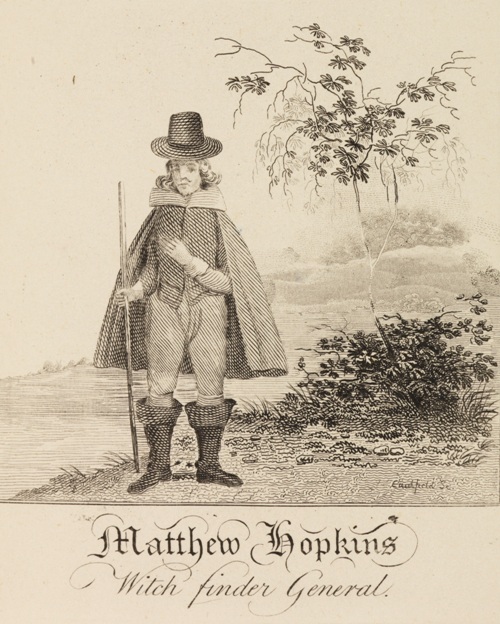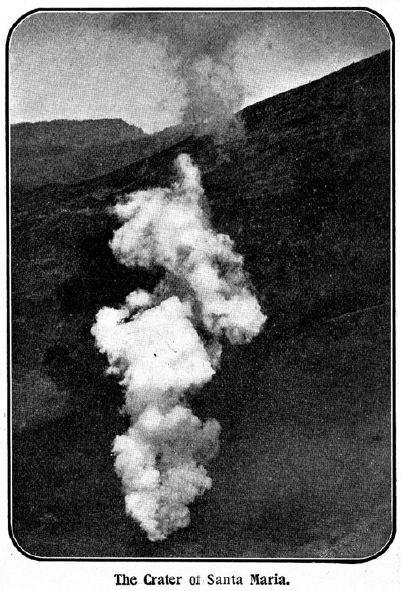Welcome to the 41st edition of The Giant’s Shoulders blog carnival, a monthly roundup of the best blog posts on the history of science. We had a lot of great submissions this month – organized below in a few handy categories below for your reading pleasure.
Tales from the (science) crypt
Quite a few submissions for this edition of the carnival dealt with topics from the weird/occult with a scientific take on it. Eric Michael Johnson in The Primate Diaries tells us about the first anecdotes of vampires and how “they tell an important story about how people understood natural events.” Eric also gives us a post (first published at archy) about Stalin and his alleged plan to create an army of ape-warriors. The post focuses on the ethics of such type of scientific experiments.
We also received two submissions on curious topics found in the Royal Society’s Philosophical Transactions. Emma Davidson writes in the blog of the Royal Society’s History of Science Centre about “spooky subjects” in the Philosophical Transactions. In the traditional way of the members of the Royal Society, Davidson gives us samples of their approaches to witchcraft and ghostly themes. The other post in this area comes from the BBC News Magazine and it shows curious entries in the Royal Society’s archive, among them canine blood transfusion and a 1665 article about “the view from the moon.” Fascinating!
Finally, over at the blog of the Philadelphia Area Center for History of Science Darin Hayton looks at a controversy regarding the number of witches that were executed.
Historical figures
We received a number of great posts about interesting historical figures. At Providentia, Romeo Vitelli puzzles over the suicide of Ludwig Boltzmann in 1906: a man who had so much to live for! Tim Jones at Zoonomia tells us a few things he gleaned from Sir David Attenborough’s Darwin Lecture 2011 about Alfred Russel Wallace (co-discoverer of natural selection). He describes how Darwin and Wallace “reached a gentlemanly solution with no ill feelings all round”. Stephen Curry at Reciprocal Space tells us about Benjamin Thomson (a.k.a. Count von Rumford), who led the revolution against Lavoisier’s caloric theory of heat. He describes Rumford as “not a man wracked by self-doubt”, who had the audacity to draw a very flattering analogy between himself and Newton! Michael Ryan at Paleoblog tells us about Giovanni Arduino, the father of Italian geology, who gave a clear paleontological interpretation of the age sequence of the fossil record. Over at the Royal Society Blog, Emily Roberts tells us about the 16th-Century forebears of Boyle, Wren and Newton: John Rastell, Thomas Digges, John Dee, and William Gilbert. Finally, at Art History Today, David Packwood offers us an interesting portrait of Leonardo da Vinci as artist and natural philosopher.
Astronomy and space travel, past and present
Over at the Provientia blog, Romeo Vitelli gives us a fascinating account of John Wilkins’ early plans (as early as in 1638!) for a spaceship designed to take us to the Moon: “a flying machine, designed like a sailing ship but with clockwork gears and a set of wings. The wings would be covered with swan or goose feathers and would be powered by an internal combustion engine using gunpowder.”
At Vintage Space, Asteitel tells us the story of the rise and fall of Pluto: how it was discovered, how its anomalies were identified, until the International Astronomical Union established that it is not a planet in 2006 – unless you are in Illinois, where Pluto is a planet by law.
Medicine
Syphilis was known as the morbus gallicus, but at Powered by Osteons, Kristina Killgrove tells us about newly discovered evidence for its presence in Roman Spain as early as the second or third century AD. “So did the Romans have syphilis? The jury’s still out, but I’m guessing there will be enough evidence soon for someone to add ‘insanity resulting from neurosyphilis’ to the list of crazy theories for why the Roman Empire fell.”
Moving to modern times, Jai Virdi explains how the aurist John Harrison Curtis used an instrument – the cephaloscope, on which he wrote a treatise in 1842 – to affirm his authority, as a symbol of skills and judgement. Speaking of authority, the Quack Doctor features an entertaining excerpt from a satire of itinerary eighteenth-century medical salesmen:
- Gentlemen, Because I present myself among you, I would not have you to think, I am any Upstart Glister-pipe Bum-peeping Apothecary; no, Gentlemen, I am no such person: I am a regular Physician, and have travelled most Kingdoms in the World, purely to do my Country good.
Geology
On the topic of geology, as well as the post on Giovanni Arduino, we received one from Jessica Ball at Magma cum Laude, where she discusses the 1902 eruption of Santa Maria. She looks at a particularly descriptive account of the eruption, explaining it in modern scientific terms. And David Bressan, over at History of Geology, tells us about the development of Ichnology (‘the examination of traces’), and the early forebears of this field – Leonardo da Vinci and Ulisse Aldrovandi – who drew some dangerous conclusions!
Exhibitions
We were pleased to find some blog posts about or inspired by current exhibitions. Jacy Young has an entry on a very interesting film archive on the History of the Human Sciences. Kris Coronado gives us an account of an impressive collection of books (and a meteorite!) displayed at Johns Hopkins, first editions of both of Newton’s most famous works among the books exhibited. Katy Barrett reminds us in her post how those of us involved in research projects tend to take our particular questions wherever we go, when she tells us how an exhibition at the British Museum got her thinking about longitude. Last but not least, Laura Massey gives us a very interesting post on the advances of cryptography brought about by the Shakespeare authorship issue, theme of an upcoming movie called Anonymous.
That’s all for this edition of the Carnival. Thanks to all the bloggers for providing so much interesting reading material and to you, reader, for stopping by. The next edition of the Carnival is still looking for a home. If you would like to volunteer as a host, get in touch with Thony C or with the Dr SkySkull. Nominations as usual by the 15th December either directly to the host or on the Carnival website.




